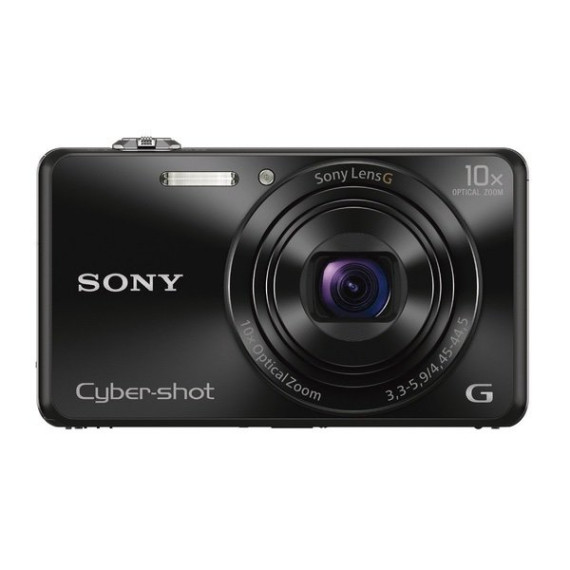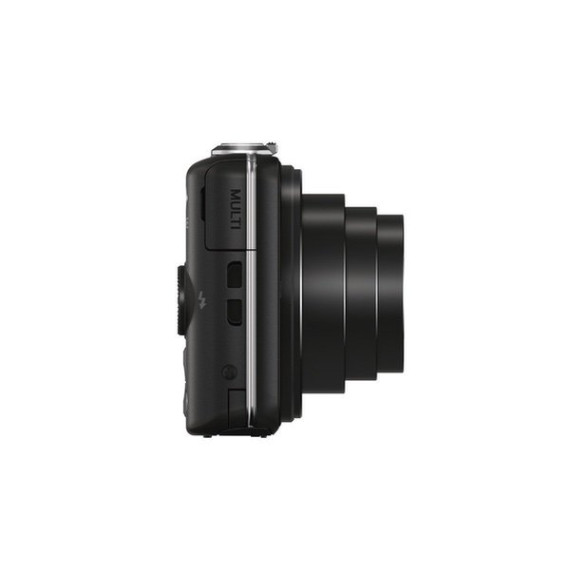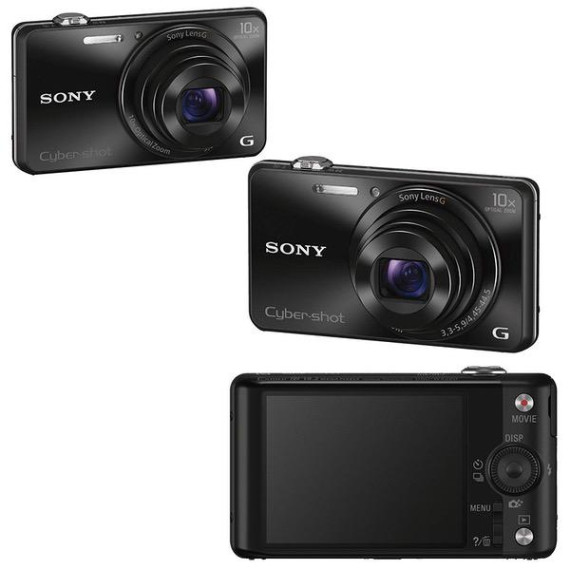Caspian Canuck
I recently went looking for a compact budget point-and-shoot camera as a gift for my daughters birthday and got to play and evaluate the three cameras that were available at the local BestBuy store on sale for under $200: Canon PowerShot ELPH 350 HS (Black) Canon PowerShot SX610 HS - Wi-Fi Enabled (Black) Sony DSCWX220/B 18.2 MP Digital Camera with 2.7-Inch LCD (Black) My main criteria for evaluating the relative merits of these cameras was the quality of shots made in low-light situations in which point-and-shoots are often used. In my experience with all the previous budget point-and-shoots owned by our family, they all usually do a relatively decent job in bright light outside, but most fail miserably on indoor shots in dimly lit rooms, delivering unacceptably noisy, grainy and blurry images. After bringing home the purchases I waited till the kids were in bed and went on to conduct a decidedly low-tech and unscientific test by setting all three cameras into the P (Program) mode and auto-everything (ISO/shutter speed/aperture/white balance) except the flash, placing them on the desktop in my not too brightly lit home office a couple of feet away from a random sheet of paper with some text printed on it, and firing off two consecutive shots using a 2-second timer (to avoid hand-induced shake), one with the flash and one without. The image showing a side-by-side comparison of the test results using a small fragment of each frame is attached to this review. Both Canons produced virtually identically grainy and noisy images with and without the flash. Sony, on the other hand, fared much better in terms of the visual noise to the point that it’s actually possible to read the text even on the “no flash” image on the right. It also did a somewhat better job auto-adjusting the white balance on the “no flash” image to compensate for the bluish ambient glow of the nearby computer monitor. I observed similarly noticeable differences between the Sony and the two Canons in the video mode, with the former delivering remarkably noise-free and sharp footage compared to the Canons’ crappy picture in which fine details were lost to annoyingly pulsating digital noise. I also noticed that the Sony’s footage was very close to the brightness and overall colour to how my own eyes perceived the room, while the Canons went overboard in an attempt to brighten up the picture at the expense of noise and colour accuracy. Finally, the Sony is capable of recording 60 fps (frames-per-second) progressive full-HD video vs. the Canons’ 30 fps, making it a better choice for shooting fast action footage such as sports, pets, little children and little children playing with pets. Because of my prior experience with Canon point-and-shoots I found the menu structure of the two Canons easier to navigate. The Sony’s menu navigation seemed a little foreign to me at first but overall is logical enough to quickly get used to. Physically, the Sony is similar in size, weight and holding (dis)comfort to Elph 350, the smaller of the two Canons. Even though I have rather thin fingers for a grown-up male, both cameras are way too tiny and smooth to comfortably hold, with nothing for the fingers to securely grip. In comparison, the contoured bulges and small rubbery finger grips of the larger Canon PowerShot SX610 were a really nice touch. The two Canons have very similar controls typical of all the other Canon point-and-shoots. The controls of the smaller Elph 350 are easier to use than those of the Sony DSC-WX220 where one must use one’s nails to press the tiny delicate MENU and DELETE buttons tucked too close to the rotating wheel. This might make the Sony problematic for most adults, but since I am buying a camera for a kid, its small size and tiny controls are an acceptable trade-off for the noticeably better low-light picture. P.S. The full review is published on my blog: https://caspiancanuck.wordpress.com/2015/11/02/point-and-shoot-cameras












